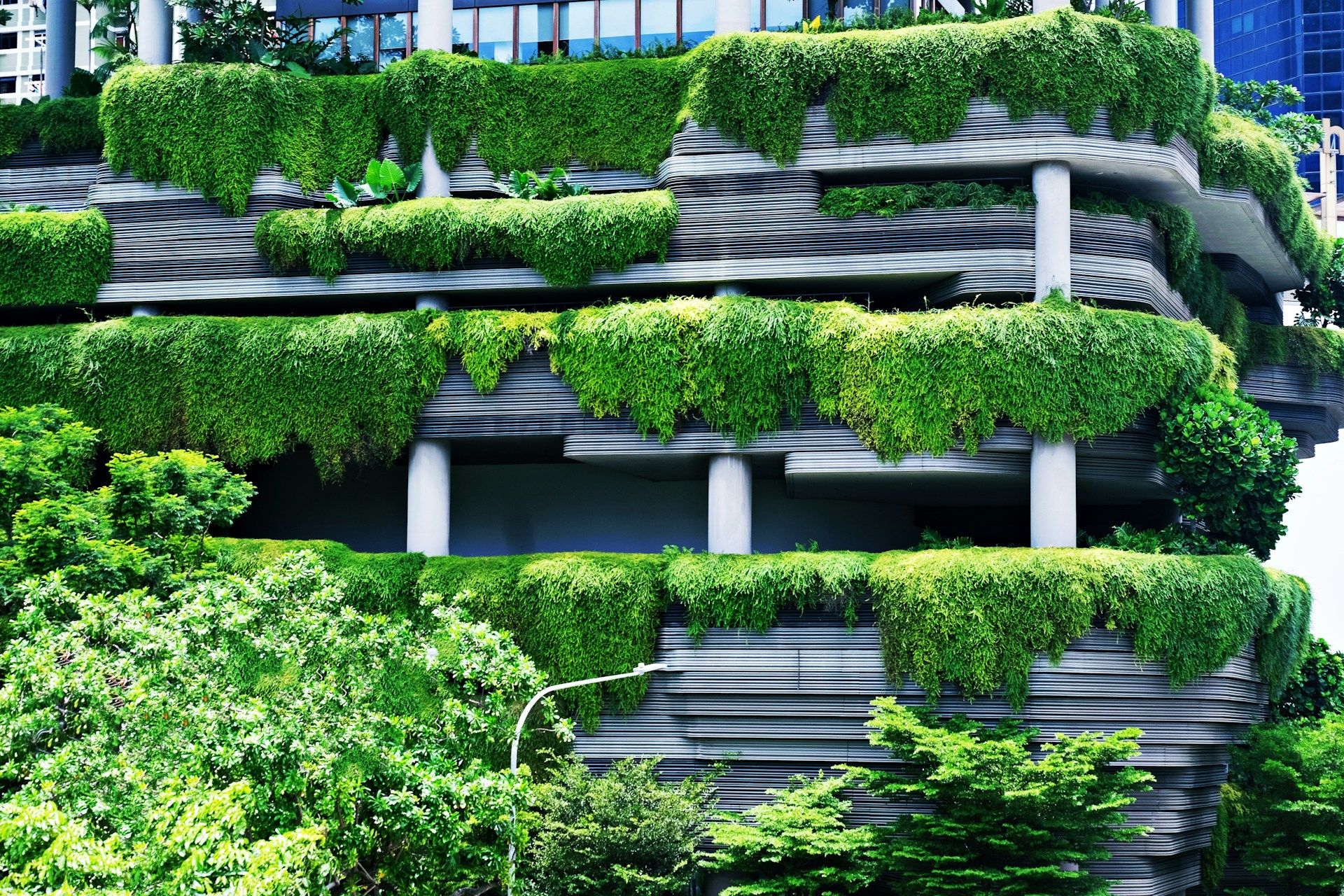Tiny Houses: Simplicity and Nature in Everyday Life
In an era defined by overconsumption and fast-paced living, architecture is rediscovering the value of simplicity. Tiny Houses represent more than an aesthetic trend — they are a cultural, economic, and environmental response to the need to live with less and connect with more.
In Panama and other tropical regions, this architectural movement is thriving among those seeking a more sustainable, flexible, and nature-centered lifestyle. Far from symbolizing limitation, Tiny Houses have become a model of freedom — reducing physical space to expand living space, prioritizing functionality, natural beauty, and what truly matters.
Living Better with Less: The Principle of Minimal Architecture
The philosophy behind the Tiny House movement stems from a simple yet powerful idea: we don’t need more space — we need better space.
These homes, typically ranging from 15 to 40 square meters, are designed to maximize every inch through smart storage, multifunctional furniture, and lightweight materials.
In Panama, where the tropical climate allows for semi-open living, the minimalist design of Tiny Houses fits perfectly into the landscape. Terraces, pergolas, and wide windows become natural extensions of interior spaces, blurring the line between home and nature. This integration creates a sense of spaciousness without the need to build larger structures.
Living in a Tiny House also represents a shift in mindset: prioritizing experiences over possessions, reducing environmental impact, and embracing the freedom that comes with a simpler, more intentional life.
Smart Tropical Architecture: Design Adapted to the Environment
Designing a Tiny House in a tropical climate requires architectural sensitivity. The key lies in using the environment’s natural conditions to achieve thermal comfort without relying on artificial systems.
This is achieved through bioclimatic strategies such as cross ventilation, wide eaves, breathable materials, and orientation based on sunlight and prevailing winds.
In Panama, the ability to live in close contact with nature year-round makes Tiny Houses appealing for both permanent residences and eco-tourism or retreat projects.
Their compact size also facilitates the use of sustainable local materials such as certified wood, bamboo, stone, or stabilized earth panels — reducing costs and transportation emissions. The result is lightweight, efficient architecture deeply connected to its surroundings, where design adapts to climate — not the other way around.
Sustainability Beyond Size
Although their small footprint means lower resource consumption, true sustainability in Tiny Houses comes from an integrated approach. This includes energy efficiency, water and waste management, and the use of low-impact materials.
Common sustainable strategies include:
Solar panels for renewable energy generation.
Rainwater harvesting and filtration systems for domestic use.
Composting or dry toilets to reduce wastewater impact.
Recycled or reclaimed materials, such as recovered wood or eco-composite panels.
These solutions not only minimize environmental impact but also promote self-sufficiency — particularly in Panama’s rural or coastal areas, where infrastructure access can be limited.
The zero-waste mindset aligns perfectly with this philosophy, emphasizing precision in construction, efficient material use, and minimal waste generation.
Tiny Houses as a Lifestyle and Conscious Tourism
The Tiny House movement goes beyond architecture — it represents a lifestyle.
In Panama, more people are adopting this model to live closer to nature, away from urban stress, or as an investment in eco-friendly tourism and sustainable lodging.
The combination of low cost, minimal maintenance, and appealing design has led to the creation of small Tiny House communities in natural settings — from the Pacific beaches to the mountains of Chiriquí. These communities emphasize coexistence, environmental respect, and responsible resource use.
In tourism, Tiny Houses offer unique and authentic experiences focused on connection with nature, tranquility, and simplicity. Each space invites guests to disconnect from routine and reconnect with what truly matters.
Freedom, Flexibility, and Connection
One of the greatest advantages of Tiny Houses is mobility. Many are built on wheels or movable platforms, allowing owners to relocate easily without losing functionality.
This flexibility appeals to a generation that values independence over accumulation.
Living in a Tiny House not only reduces expenses and consumption but also frees time and energy for more meaningful activities — working remotely, gardening, exploring, or simply enjoying the surrounding nature.
In Panama, this approach aligns with the rise of digital nomads, remote workers, and eco-travelers seeking spaces that combine comfort, functionality, and environmental awareness in smaller, more human-scale environments.
The Future of Sustainable Living
As cities expand and natural resources shrink, Tiny Houses offer an alternative vision of progress. Far from representing a renunciation, they embody a new kind of luxury — the luxury of simplicity.
Reducing physical space to enhance the quality of living space is not only a design choice but an act of consciousness.
In a tropical context like Panama’s — where biodiversity and climate invite outdoor living — Tiny Houses blend naturally with the landscape, proving that sustainable living can also mean living beautifully and purposefully.
More than a shelter, a Tiny House is a statement: that true wealth lies in the essential, and that the future of architecture may be small in size — but vast in impact.






